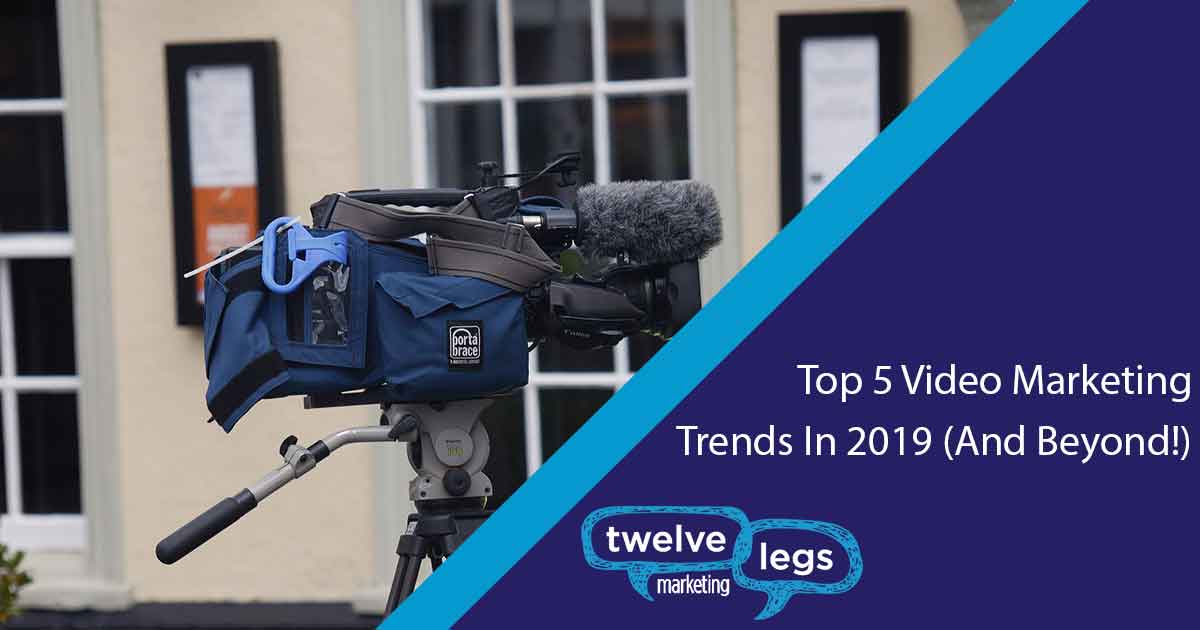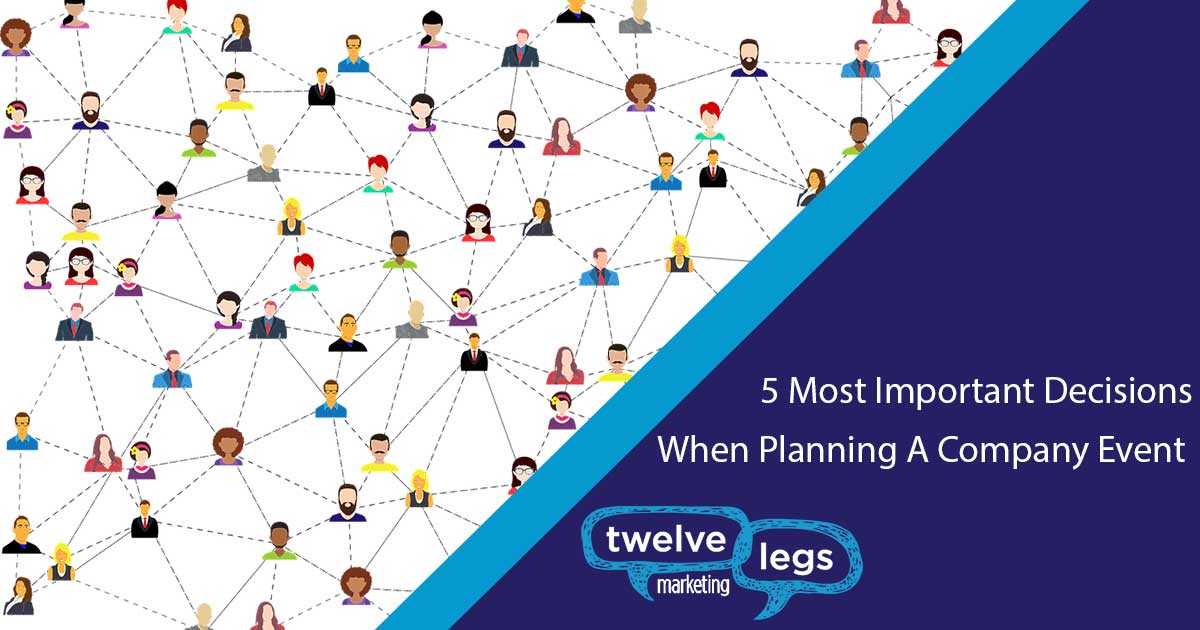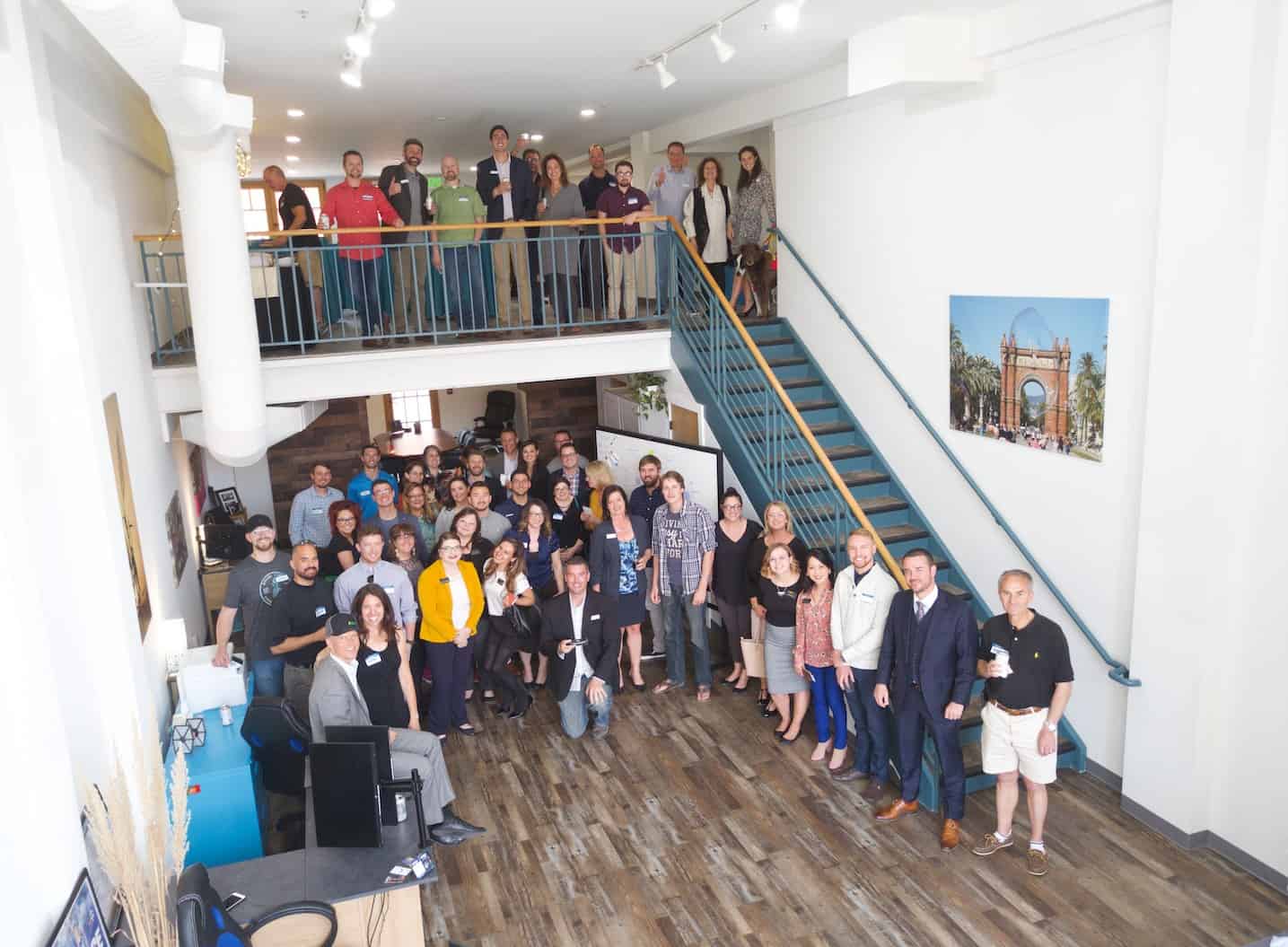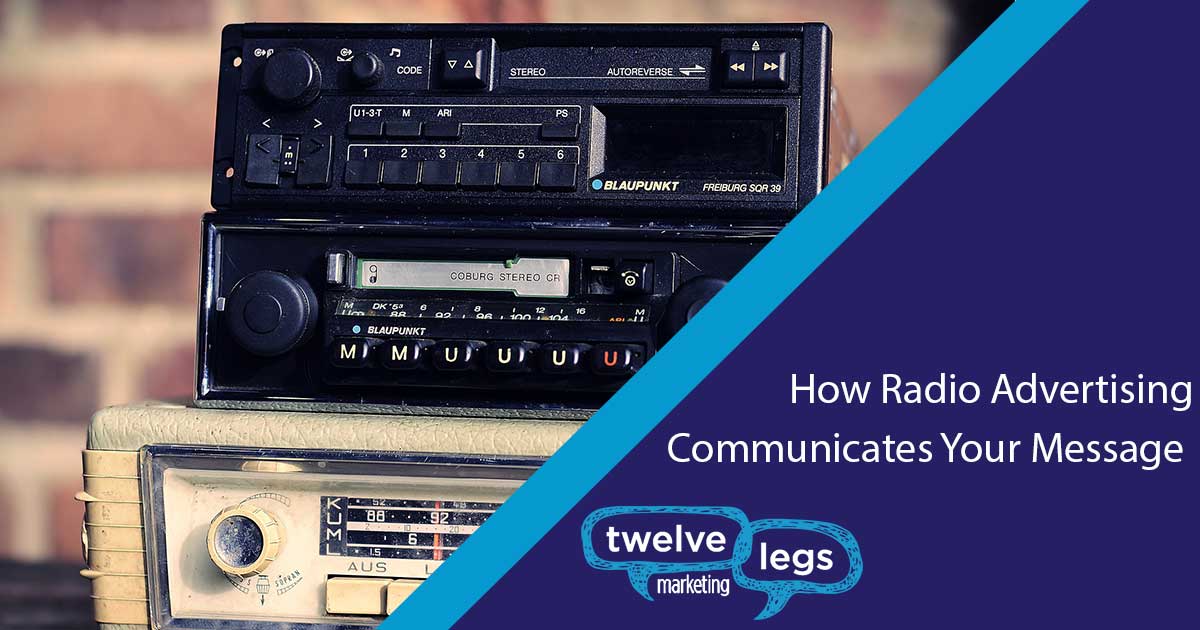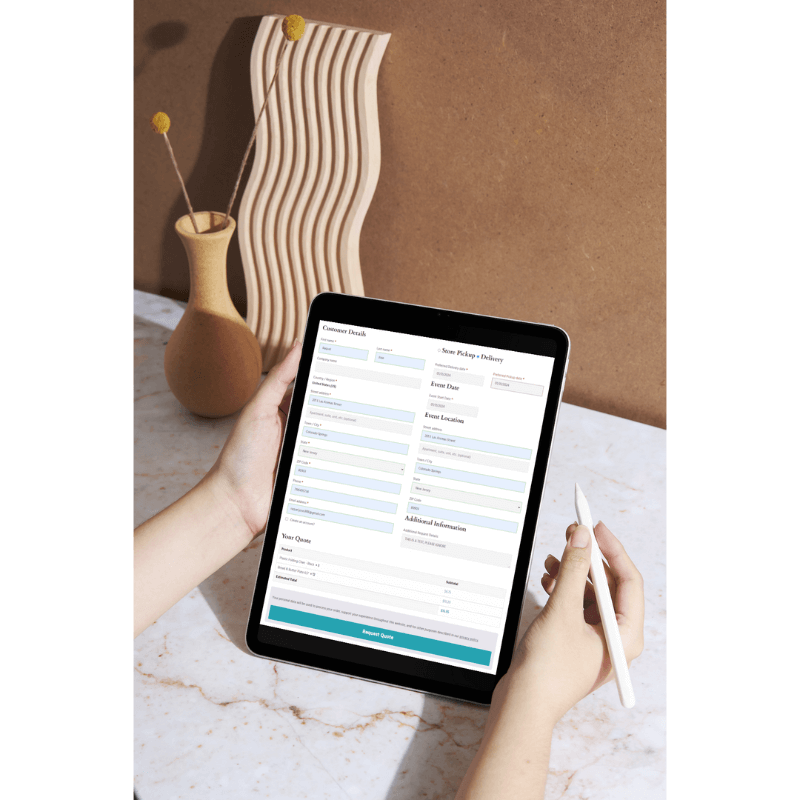What’s the meaning of life?
Do aliens exist?
Zeppelin or The Who?
Sadly, we may never have a definitive answer to those age old questions. But what about the most profound dilemma of all…
Should you outsource your marketing or keep it in-house?

Whether you’re a 3-person startup, a blossoming business with dozens of employees, or a large and established organization, there are pros and cons to both options. Ultimately, it all comes down to your unique situation. Here, we’ll focus on some of the key benefits to hiring a marketing agency—and a few best practices for getting the most out of your partnership.
Marketing Agencies Are Cost Effective
Let’s start with obvious: hiring a full team of talented marketers is not only challenging and time consuming, but also mighty expensive. According to the recent 2020 Salary Guide: Creative and Marketing, their combined salaries alone will set you back more than $850,000/a year, and that’s before you open your big heart and offer benefits.
- Chief Marketing Officer: $164,000
- VP of Marketing: $145,000
- Digital Strategist: $79,750
- Marketing Manager: $78,000
- Content Strategist: $73,500
- Copywriter: $72,500
- Web Designer: $69,250
- Video Editor: $59,500
- Social Media Manager: $59,500
- Account Executive: $55,000

Maybe you’re just looking for help with digital and video. Perhaps content and copywriting is your current need. Or website development and social media could be a concentration right now. A marketing agency can provide specialized focus and expertise depending on your budget and business needs, and if it’s the full service treatment you seek, any good marketing agency will provide the services of all those specialists for far less annual cost.
Pro tip: Commitment = savings. Quality agencies prefer to avoid small, one-off projects. Partnering to share in long-term success often makes the most financial sense for all involved.
Marketing Agencies Can Scale…Fast

If you need to raise awareness, increase leads, drive sales, launch a campaign, or overhaul your website, starting from scratch internally is a herculean (and time-consuming) effort. Posting the job, pouring over resumes, several rounds of interviews, checking references. When you finally get the right person or people in place, then begins the on-boarding, training, and finding the right tools and equipment to help them succeed.
Even if you currently have a team in place, there’s always a constant battle of turnover and new talent acquisition, more training, more implementation…
When you hire a marketing agency, they come pre-equipped to hit the ground running. It’s all about fast and efficient innovation, and your ability to boost your efforts and scale increases exponentially. Outside experts and specialists from marketing agencies are ready for all phases of your mission-critical projects, so they can begin, progress, and reach full maturity in a fraction of the time.
Pro tip: Sharing is caring! If you have current messaging, brand guidelines, customer personas, past collateral, examples of marketing you like/don’t like, etc., it can greatly expedite the process and help your agency partner succeed even quicker.
Marketing Agencies Stay Ahead of the Trends
The marketing world never stops evolving. More than ever before, today’s digital age requires us to not only keep up—but stay ahead of all the tactics, techniques, and trends that seem to shift almost daily.
And with that fact comes a hard reality: very few in-house marketers can keep up. They’re so bogged down in day-to-day tasks—simply checking the box and moving onto the next assignment—that learning, growing, and adapting with the industry always seems to sit on the back burner.
Marketing agencies are different. It’s their job to fully understand the latest Google algorithm updates, overnight Facebook policy change, content marketing best practices, SEO nuances, and everything else moving the needle in the marketing world.
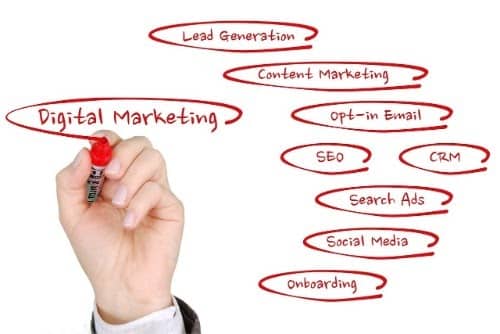
On top of all that, you can rest easy knowing your marketing will benefit from unprecedented access to the latest marketing tools and platforms. We’re talking premium-level softwares, services, and analytics reporting that would cost you a lot of time and money to implement and learn.
The expansive, cutting-edge suite of industry research, trend monitoring, and social media listening tools used by Twelve Legs Marketing would cost your in-house marketing team thousands of precious budget dollars each month, for example.
Pro tip: Trust in your agency’s process. Becoming a “client” may be a transition for you. If results don’t come overnight, know that your success is your agency’s success…you chose them for a reason.
Marketing Agencies Reduce Your Stress
CEOs and Marketing Directors who choose to keep everything in-house have to manage employee stress, squabbles, and the inevitable interoffice politics that can often derail progress. Professional development, performance reviews, and everything else that comes with managing a team is laborious.

Agencies on the other hand, are set up to manage themselves. The good ones employ a full team of experts who are fine-tuned to function as one cohesive unit, with a full suite of internal processes, procedures, and daily check-ins to ensure each client receives the care and attention they deserve.
Ultimately, this gives you the freedom to set your marketing efforts on auto-pilot with the knowledge that your goals are being met and objectives exceeded by a trusted team of skilled professionals.
Pro tip: Lay it all on the line. If there are tensions or challenges among your in-house teams, executives, and decision-makers, tell your agency. Keep it professional and on-the-level, but full transparency makes it easier to execute and deliver on a collective vision.
Is Hiring a Marketing Agency Worth It?
Are there benefits to keeping marketing in-house? Absolutely. Homegrown expertise, ease of communication, and 24/7/365 commitment to your brand vision and company values, to name a few.
But as we’ve shown, agencies certainly offer a lot of value.
Many businesses choose to use a combination. Maybe you have a talented writer on staff, but digital marketing is just too far out of your comfort zone.
Whatever your unique situation is, if and when you’re ready to explore the benefits and possibilities of working with a marketing agency, the Twelve Legs Marketing team would love to get to know you—reach out and say hello any time!
P.S. – It’s gotta be The Who, right?
